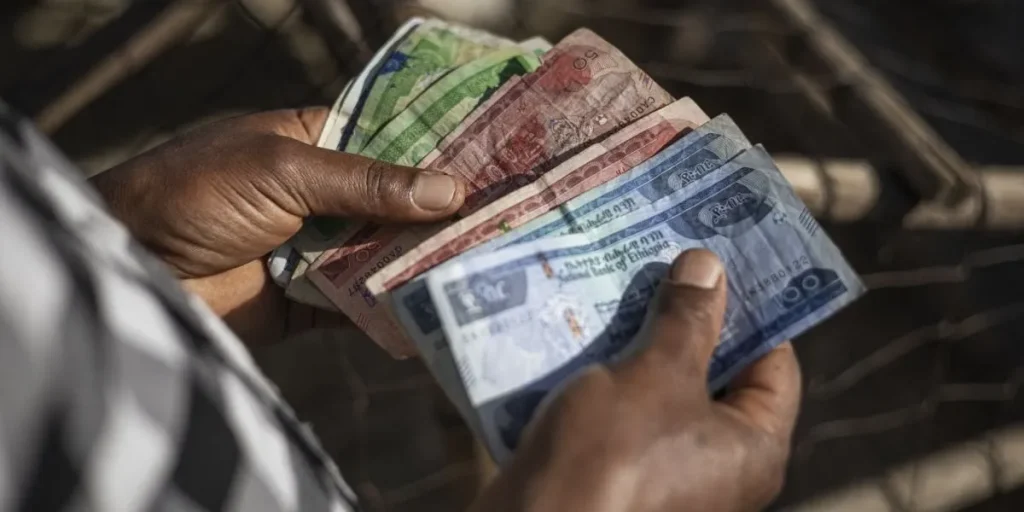The Africa Pulse Report for October 2024 from the World Bank has shown that the cedi and three other currencies are the poorest performing in Sub-Saharan Africa (SSA) this year.
According to the report, the cedi’s value has dropped by approximately 24% against the US dollar, making it the fourth weakest currency in SSA.
The other three currencies experiencing depreciation are South Sudan’s pound (over 60% decline), Ethiopia’s birr (51% decrease), and Nigeria’s naira (over 40% depreciation).
“Ethiopia, Ghana, and Nigeria are among the worst-performing countries in Africa this year, and their currencies continue weakening while demand for foreign exchange remains pressing,” the report stated.
It added, “By the end of August 2024, the Ethiopian birr, Nigerian naira, and South Sudanese pound were among the worst performers in the region. The Nigerian naira continued losing value, with a year-to-date depreciation of about 43% as of the end of August.”

The decline in the value of the naira was linked to increased demand for US dollars in the unofficial market, driven by financial institutions, fund managers, and non-financial end-users. This, along with limited dollar inflows and slow foreign exchange allocations to currency exchange bureaus by the central bank, worsened the naira’s depreciation.
On the other hand, the Kenyan shilling has been the top-performing currency in Africa this year, recording a year-to-date increase of approximately 21% as of August 2024.
“The Kenyan shilling is the best-performing currency in Sub-Saharan Africa this year, appreciating by 21% year-to-date by the end of August 2024. The South African rand and currencies pegged to it have strengthened by 3.1% so far this year, after losing value last year.”
The report mentioned that certain currencies, which had depreciated in 2023, have since stabilised and experienced a resurgence in strength in 2024.
“From a sample of 30 countries and two currency unions (the Economic and Monetary Community of Central Africa and WAEMU), more than one-third of the countries in the region are set to have less than three months of imports in international reserves by the end of 2024,” the report added.

